One of the most visited regions of Thailand, Phuket is the country’s largest island that lies off its west coast in the Andaman Sea. Covering 576 square kilometres, Phuket is Thailand’s major tourist destination.
As much as the island is tiring and unfriendly because of its constant influx of low-grade visitors from Russia, Australia and China, Phuket offers a very different cultural experience from the rest of Thailand in terms of its culture and cuisine.
A Former Malay Island
The word “Phuket” is actually a corruption of the original Malay name of the island “Bukit“, which means “hill”. Its former name “Thalang” was also derived from another Malay word “Telong“, which means “cape”, referring to the location of the old capital in its northern tip.
The population was, and still is, of Malay stock, a somewhat controversial idea in today’s Thailand. They are darker in complexion, shorter in stature, much like Malaysians and Sumatrans. Up until the 13th century, Phuket belonged to the Srivijaya Empire ruled from Sumatra, in today’s Indonesia. After the invasion by the Kingdom of Sukhothai, Phuket has since became part of the Thai cultural sphere.
A Major Trading Post
With the establishment of the trading ports of Penang, Malacca and Singapore in the Straits of Malacca by the British under the guise of the East India Company, Phuket flourished as a major tin producer.
Chinese Hokkien immigrants built its first old town, which has remained until today.
This is the reason why Phuket shares a lot of cultural similarities with Penang, Malacca and Singapore in terms of its Sino-Portuguese architectures as well as Chinese Minnan food culture.

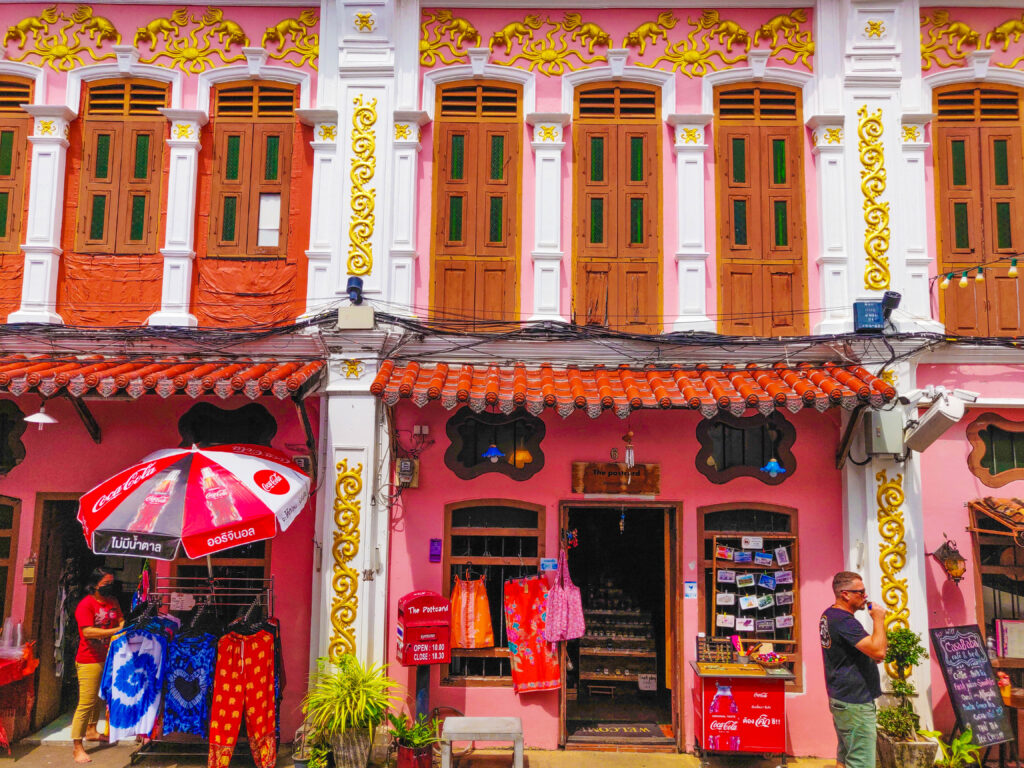

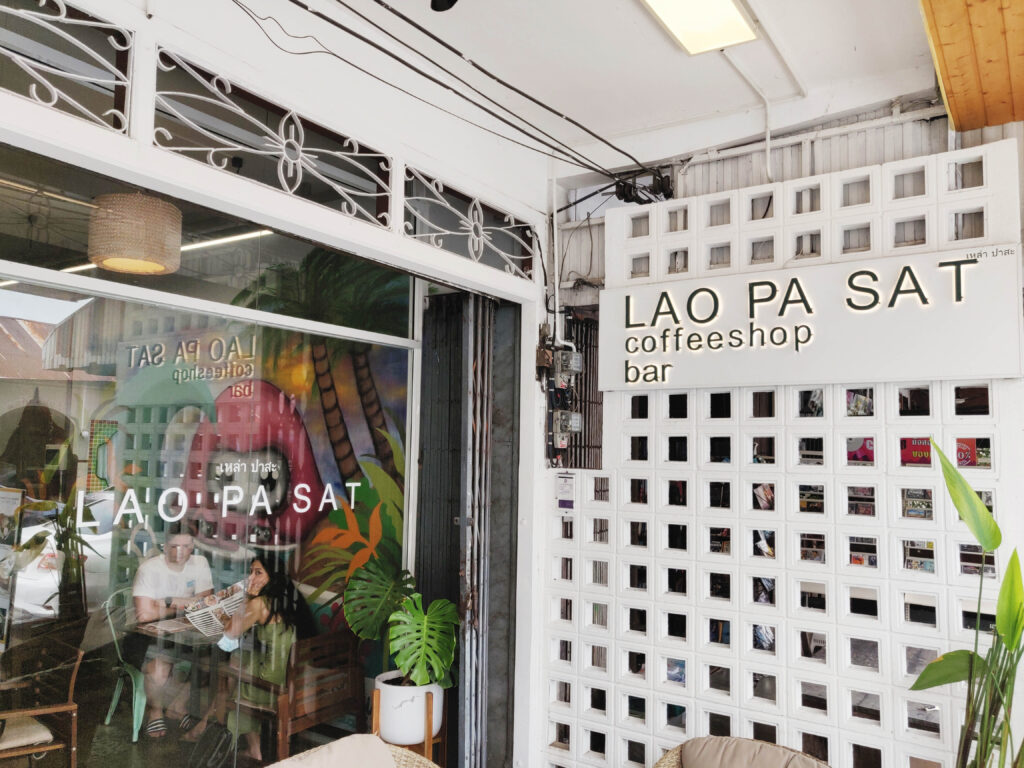
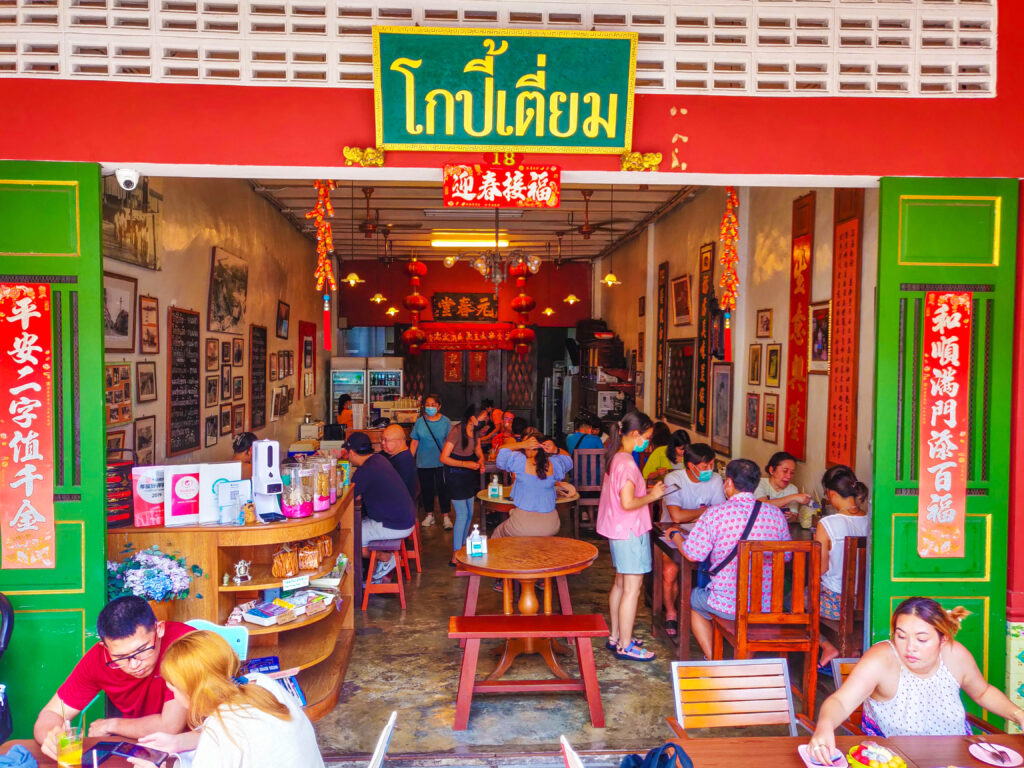


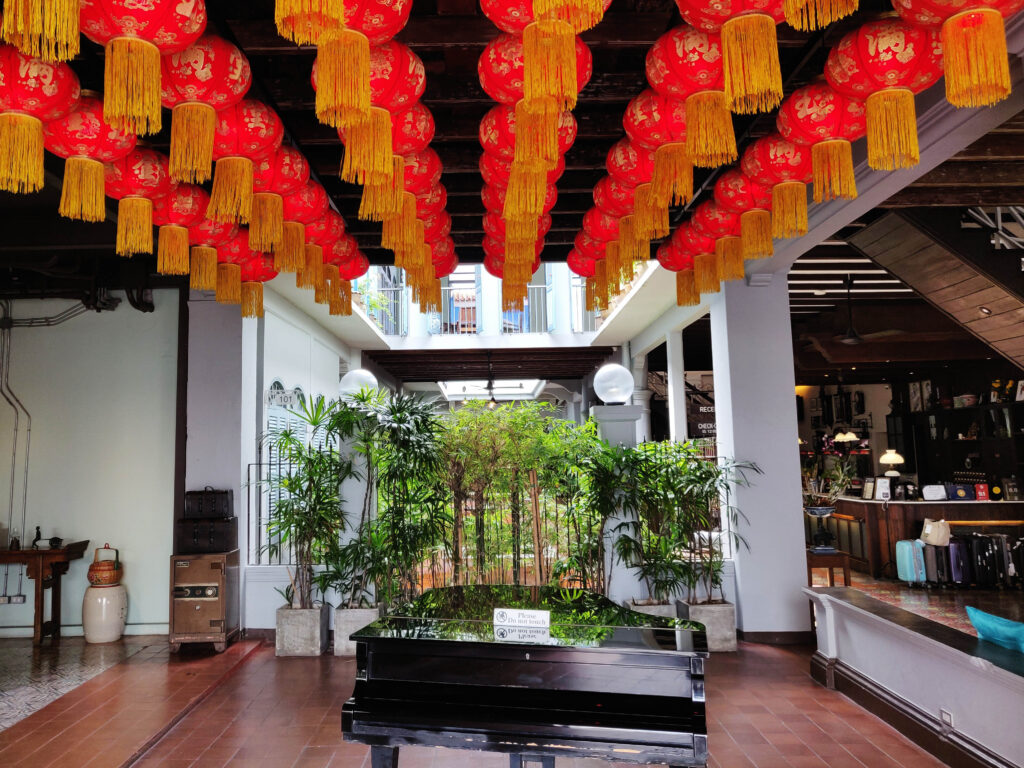
Visit Phuket Old Town and Stay After-Dark for its World-Renowned Night Market
The Phuket Old Town is as well-preserved as that of Penang, and looks extremely similar. Chinese shophouses, temples and clan associations with Hokkien names are carefully restored and maintained.
Its night market pops up right in its centre after dark. Featuring amazing street food of Hokkien origin, such as spring rolls and oyster omelette. This makes Phuket food quiite different from the rest of Thailand. Other Hokkien dishes are now known in Thai names:
- Mee Hokkien (Hokkien noodles)
- Mee hun (rice noodles)
- Por pia (spring rolls)
- Oh tao (oyster omelette)
- Moo hong (slow-braised pork belly)
- Loba (braised – now fried – offal)
- Yen ta fo (stuffed tofu)
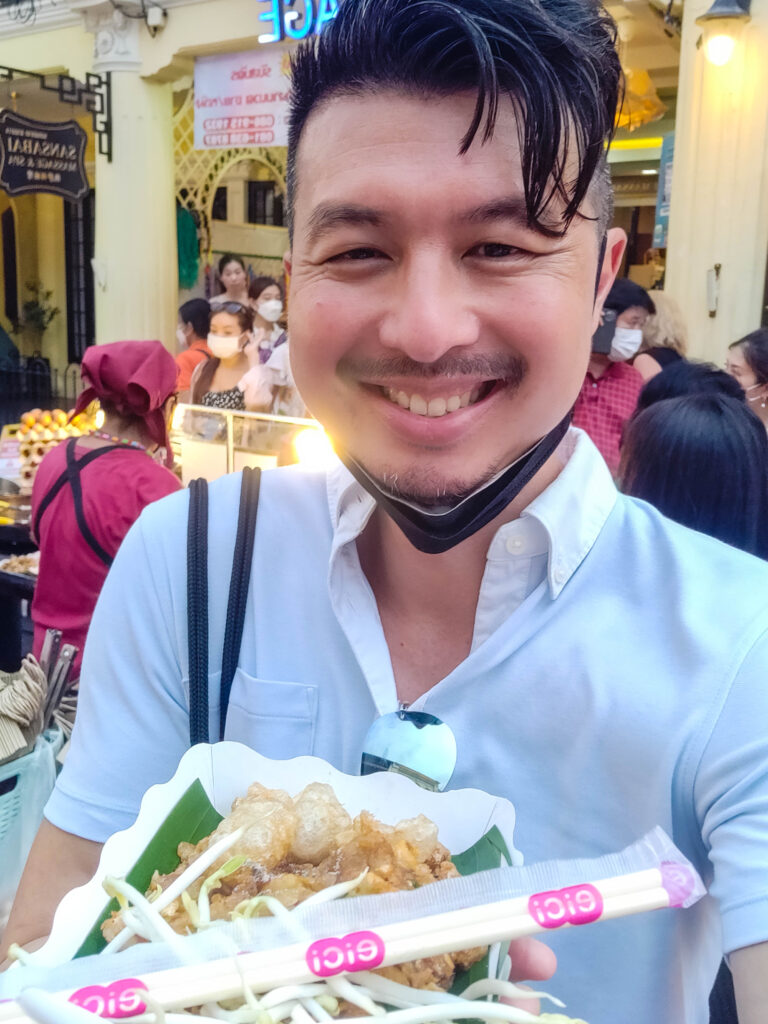
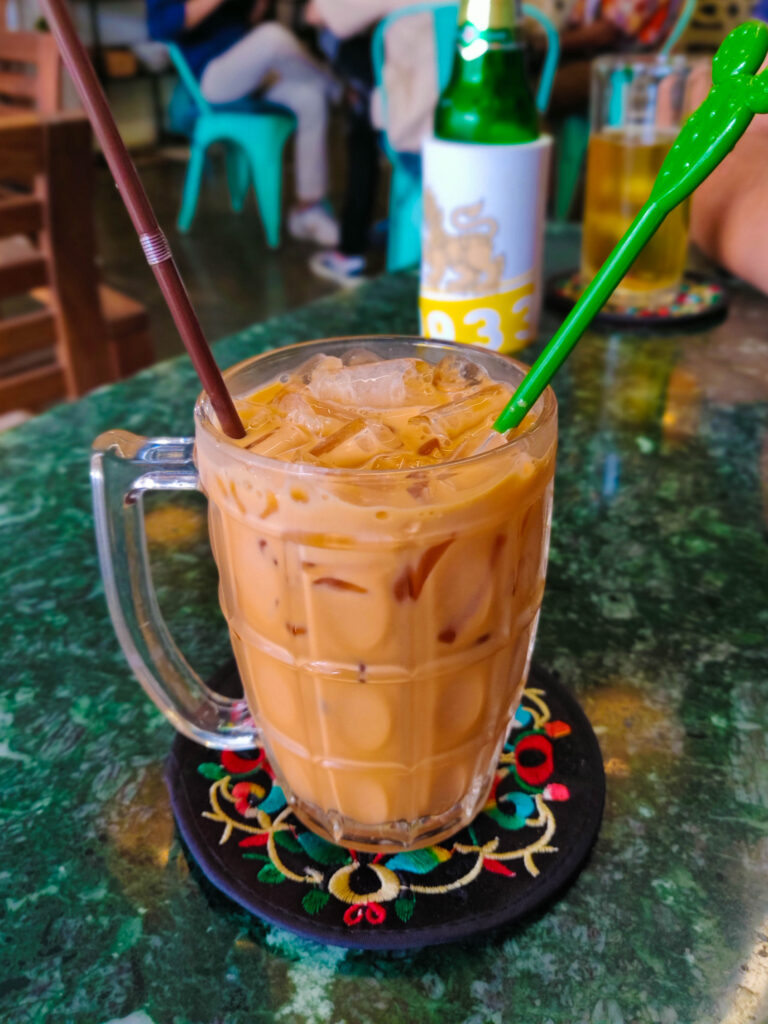

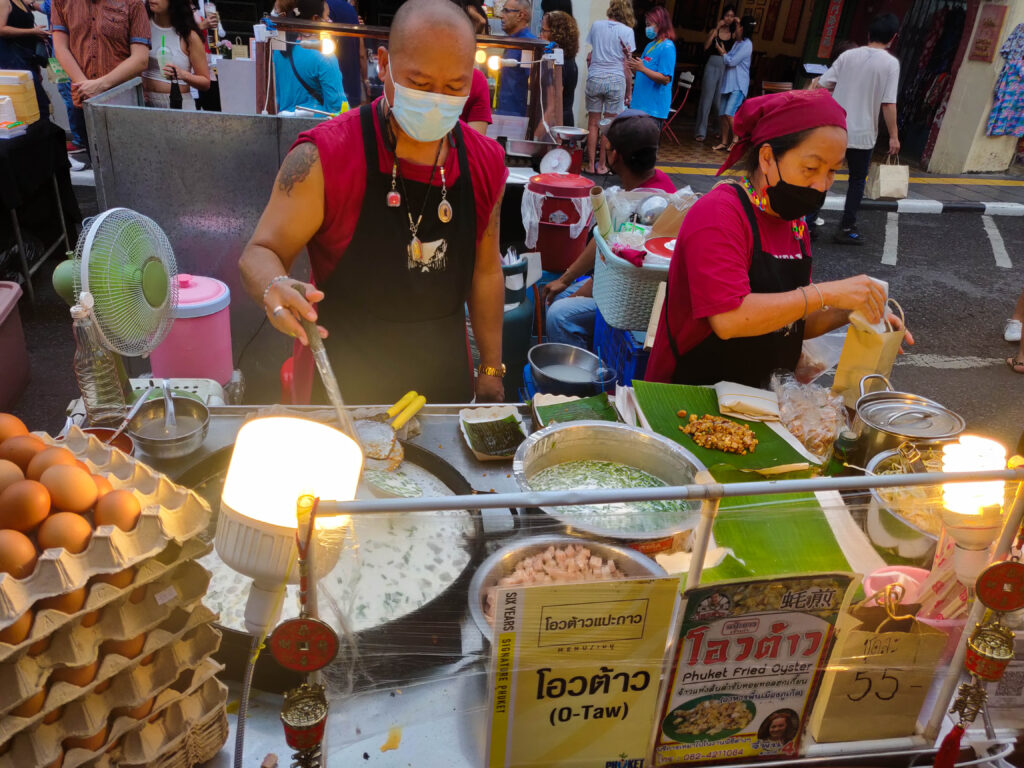

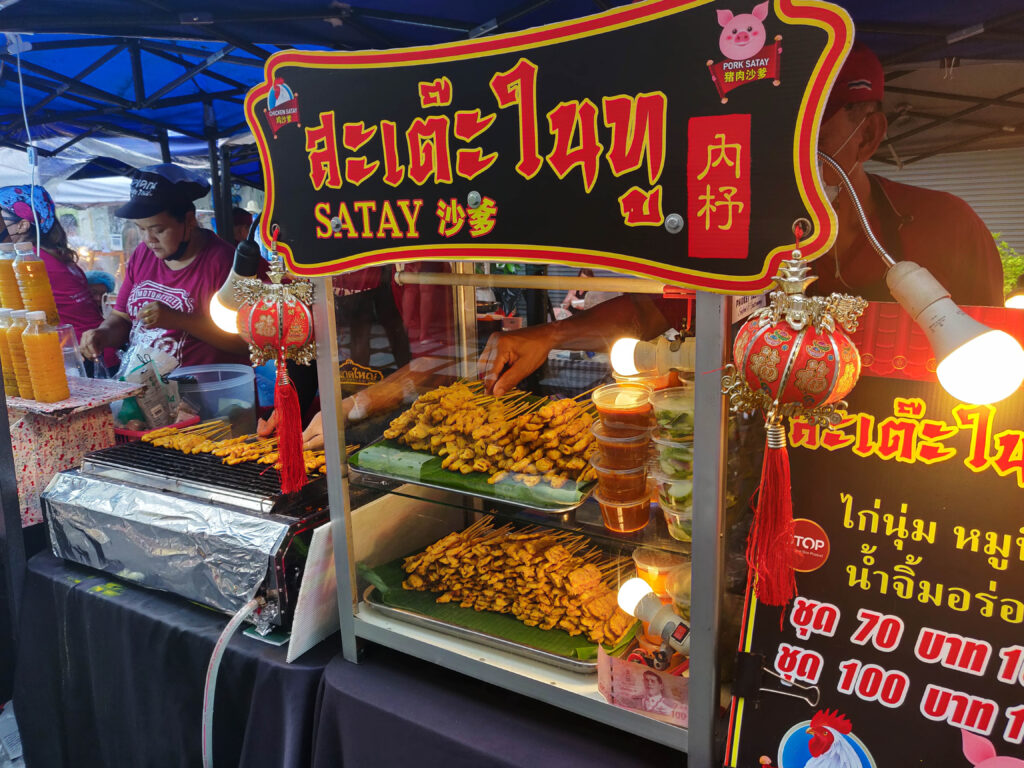

Explore Phuket Cuisine
With the major influence by Hokkien miners and other traders who arrived on Phuket’s shores, Phuket’s local food still retains strikingly Malay foundations with fermented shrimps, coconut milk, and spices.
Examples are:
- Roti (pancakes)
- Khanom jeen (fermented rice noodles)
- Khanom jeen kang poo (Yellow Crab Curry with fermented rice noodles)
- Oh eaw (shaved ice, called ‘ice kacang‘ in Singapore)
Incidentally, the Malaysian and Singaporean dish called “Mee Siam” meaning “Siamese Noodles” actually came from Phuket’s “Khanom jeen“, which is fermented rice noodles in a spicy gravy.
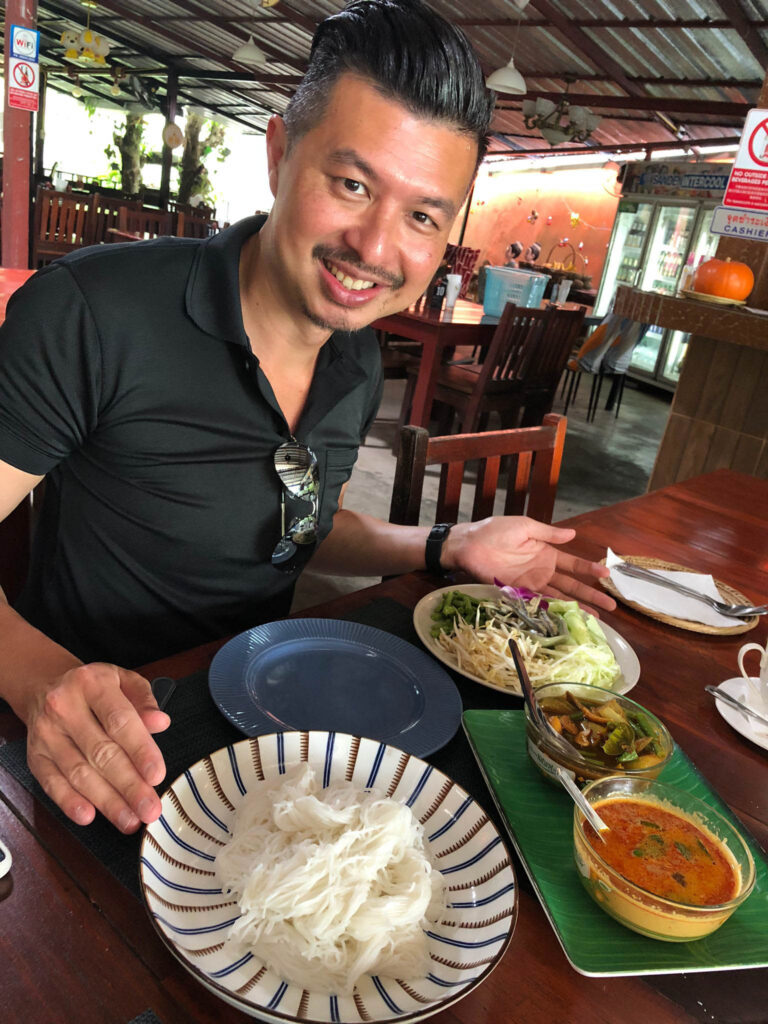
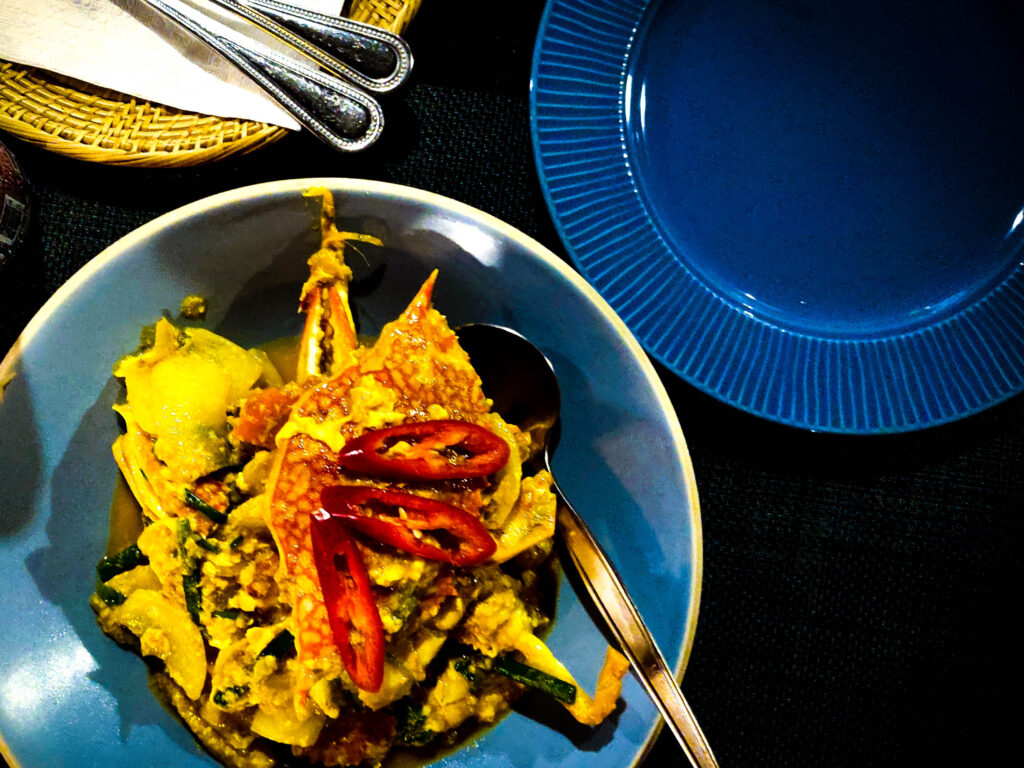
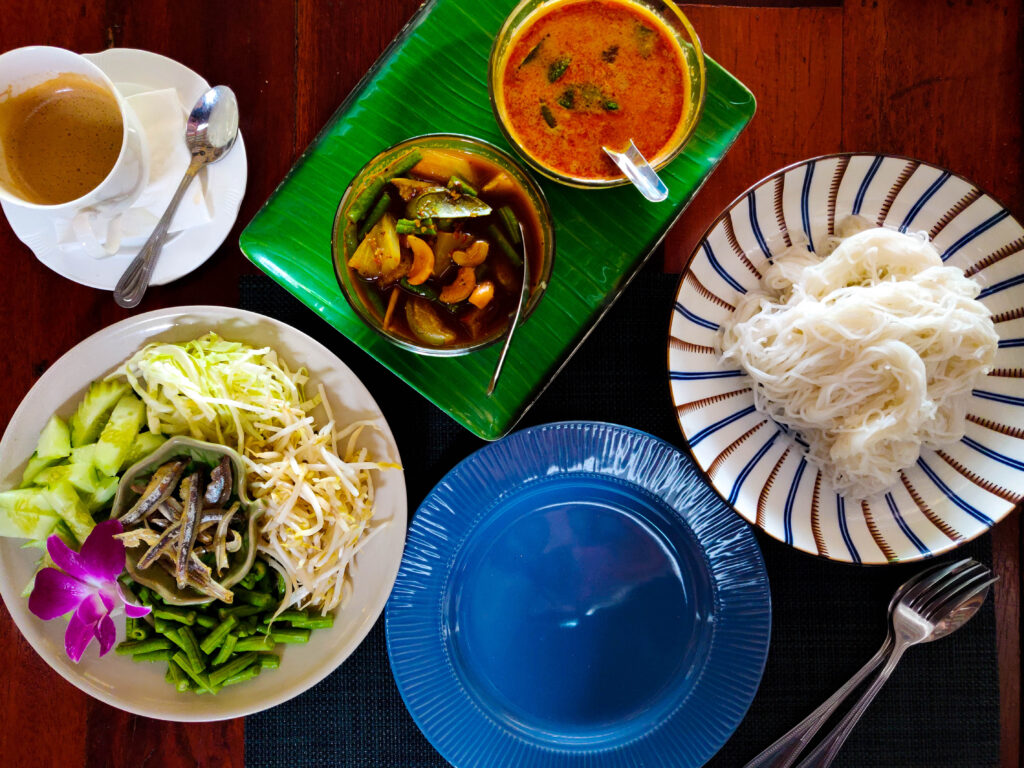

Go Island Hopping
Phuket is surrounded by 32 islands of diverse sizes, some of which have internal lagoons and hidden chambers! Book a tour to go island hopping to discover these unusual features and you might even come into contact with snakes and monkeys living on those islands.

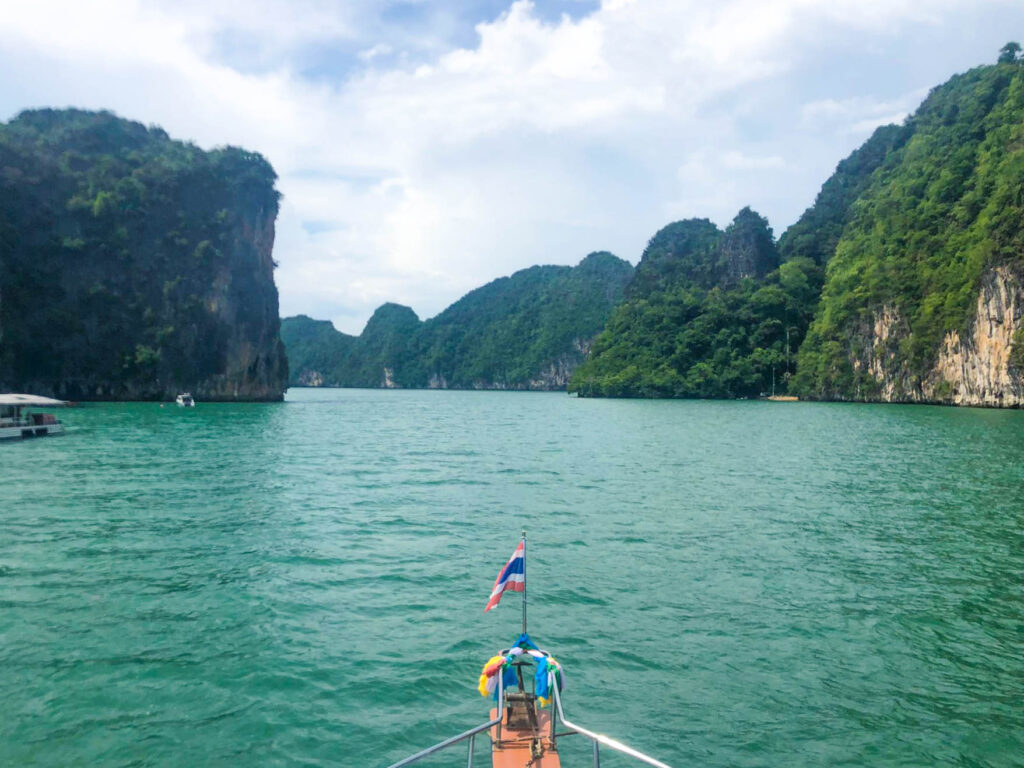
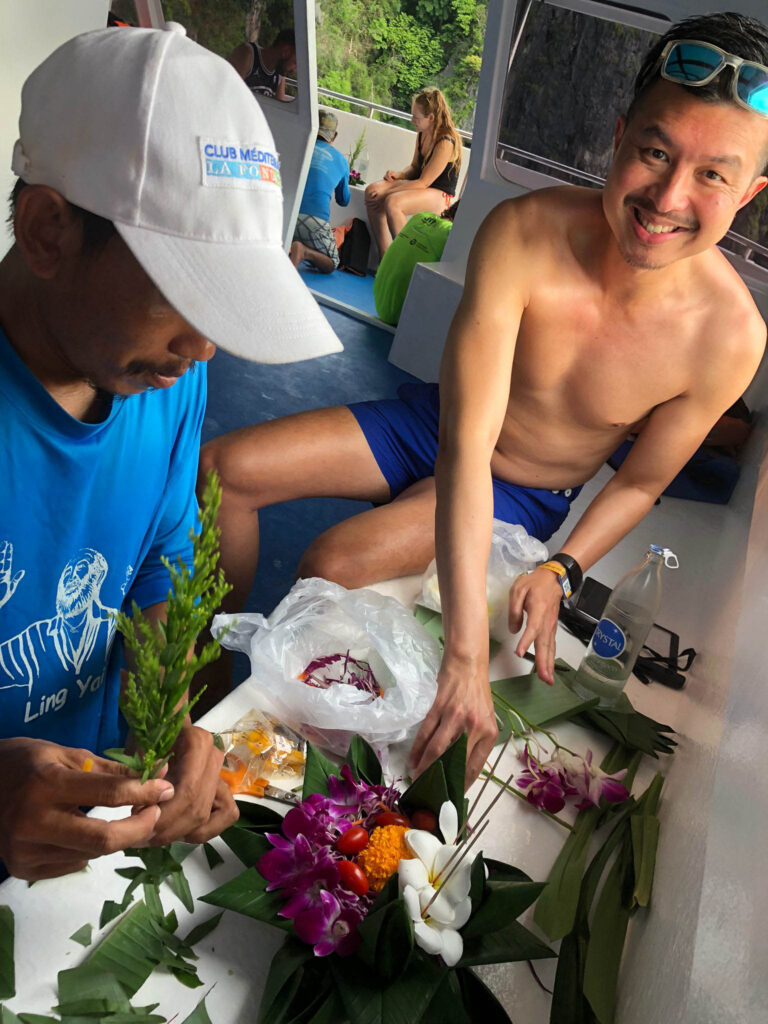
Have Planes Fly over your Head on Mai Khao Beach
Ever experienced the full force of a Boeing flying directly over you? You can join the aviation geeks on the southern end of the Mai Khao Beach, just beside the runway of the Phuket Airport! Remember to do so during high season, which lasts from December to April when the monsoon blows from the northeast so that planes will be landing directly over the beach.


Looking for a place to stay in Phuket?
I recommend the following:
Crowne Plaza Phuket Panwa Beach
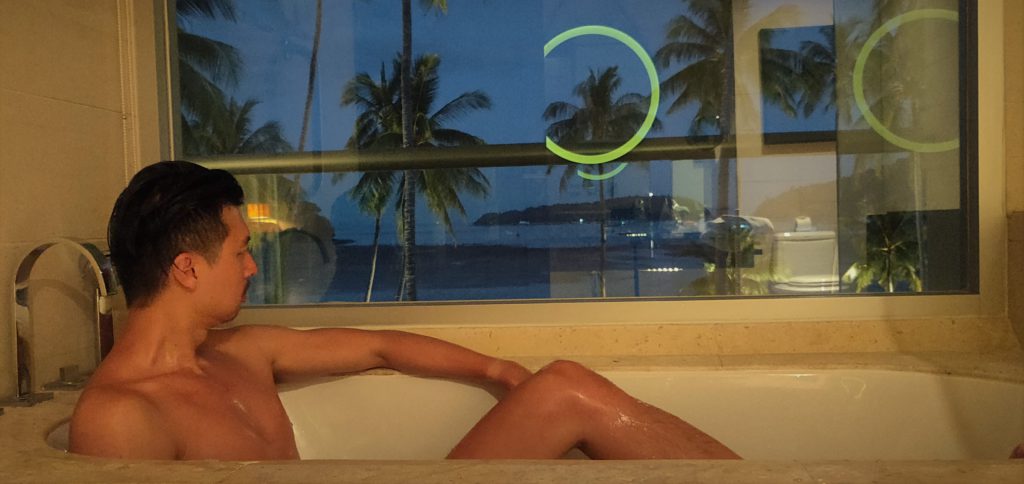
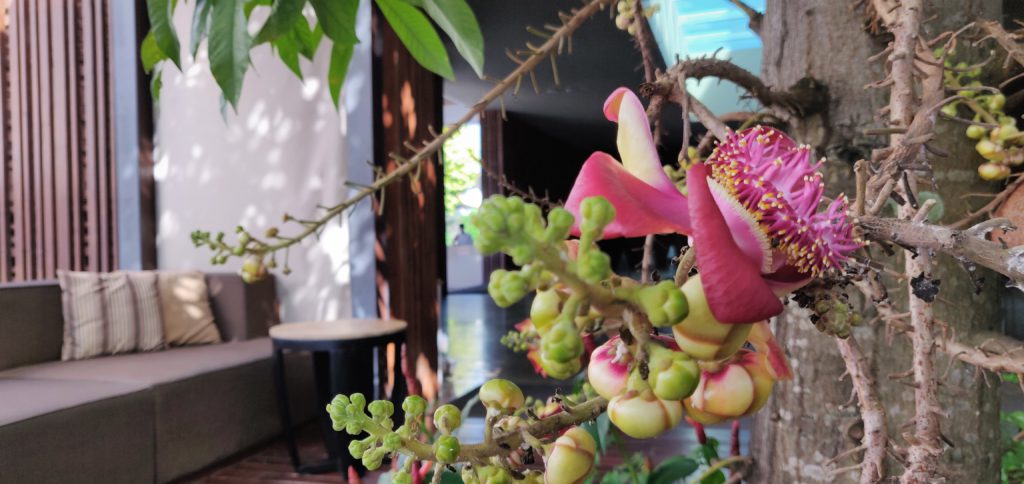
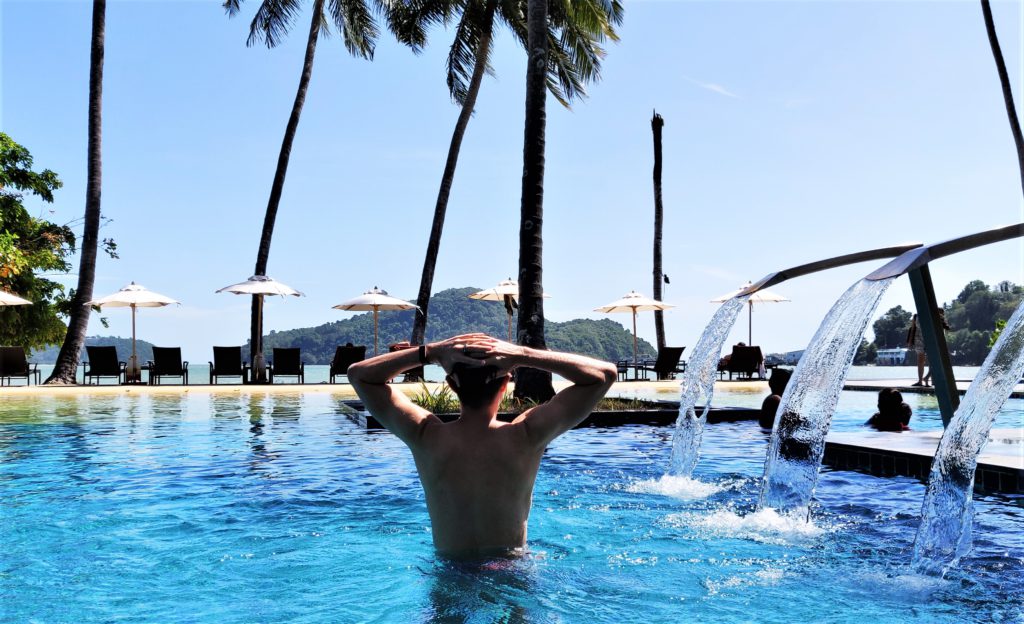
Pullman Phuket Arcadia Naithon Beach Resort
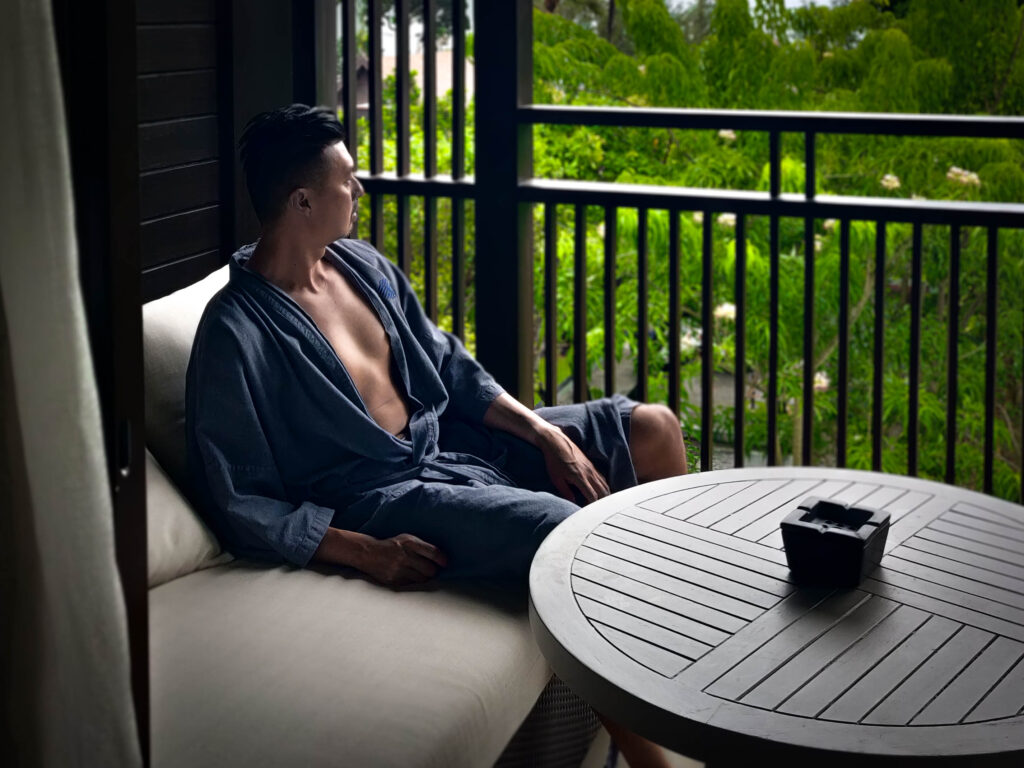
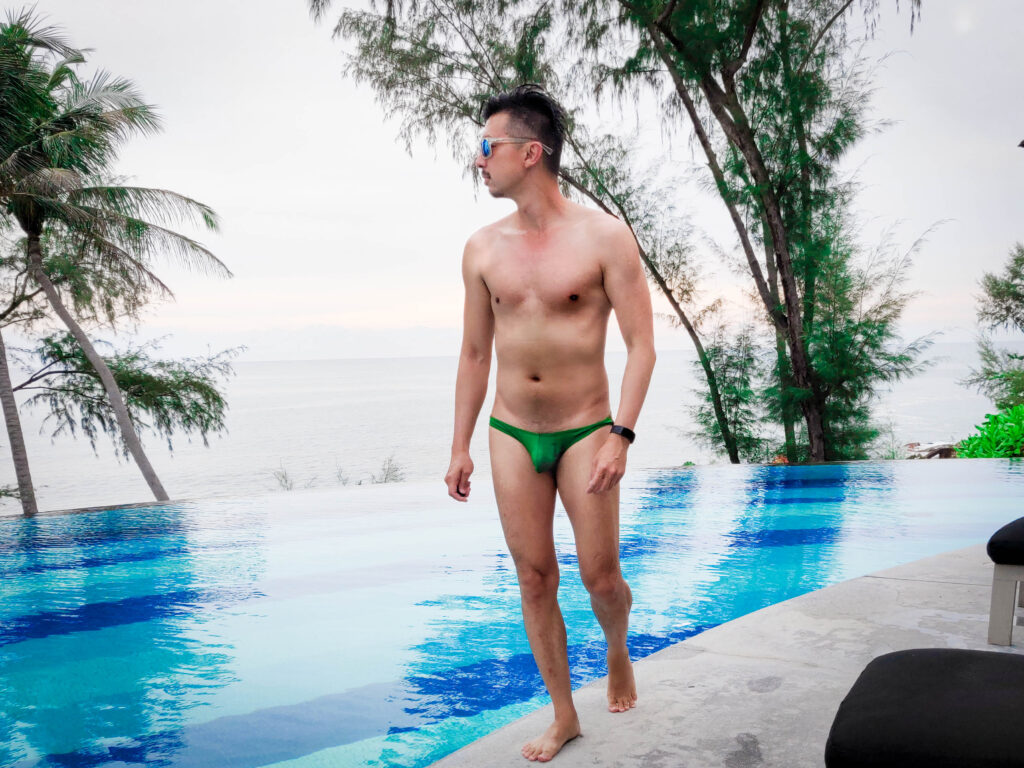
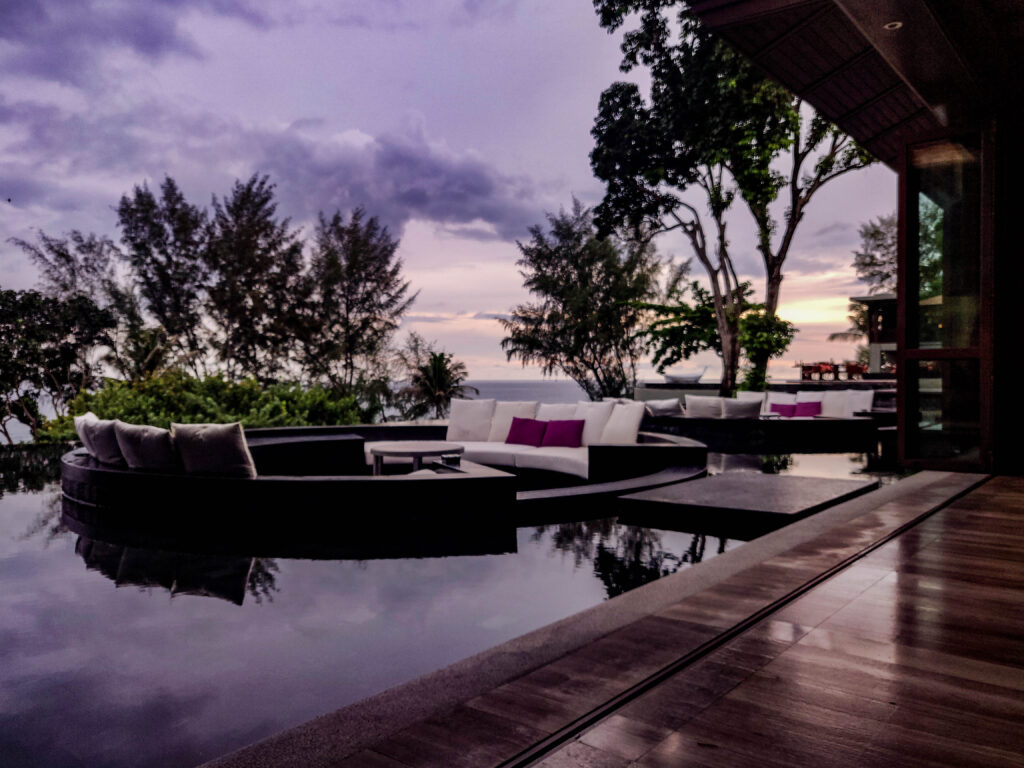

2 Comments